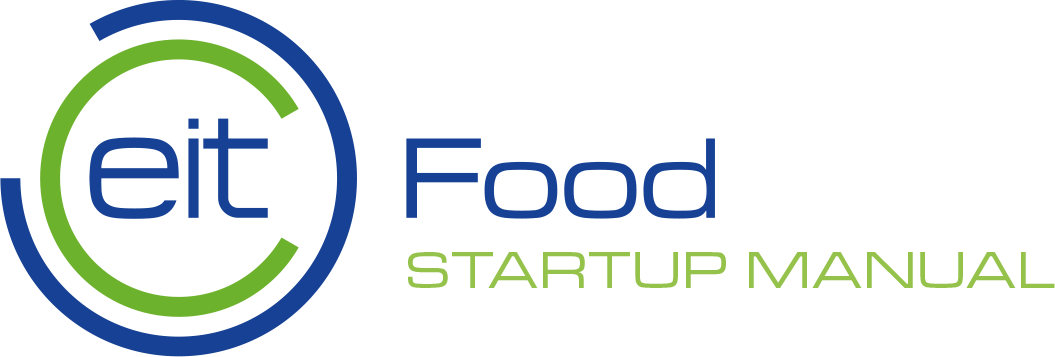Module 2 - Proving to the world that your idea is worthy and developing a proposition
1. Understanding problems & solution fit
You have a brilliant idea for changing the food system. You have some idea of how you’ll execute it. But how do you go about proving to yourself and others that your idea is worthy of all the blood, sweat and tears that will go into it for the months or years to come? This chapter looks at how to test whether there is a problem-solution fit, whether there is product-market fit (this is what you’re looking for), how you might go about efficiently conducting initial research, and provides approaches to product and service design.


"Doing is the best kind of thinking"
– Tom Chi*
*Tom Chi, an inventor, leader, coach and speaker who served as the Head of Product Experience at Google X where he is known for developing technology such as Google Glass and Google’s self-driving cars.
At this stage, you want to understand whether your idea is fit to tackle the problem you’ve identified. Once you’ve established that, you want to assess whether people will pay for it. It’s fine having a perfect solution to a problem but if no one will pay for it, it won’t be a viable business. Take time to figure out whether your idea will work and whether to take the plunge. You will never get a 100% guarantee that your business will be a success, but you can increase your chances through various types of research and studies.
Feasability Study
As the name suggests, a feasibility study aims to assess whether an idea is feasible and will help you write a solid business plan. It’s likely that your feasibility study will continue throughout the first stages of your startup as you develop your product & service. The information you gather at this stage of the process can be divided into different sections looking at market, technical, commercial/financial and organisational feasibility. The following sections will look in more detail at how you may go about gathering this information and what information is key:
- Market Research
- Competitive landscape
- SWOT analysis
By the end of this stage, you should have a good idea or whether you should take the plunge (if you haven’t already – a feasibility study can also be useful at a later stage of your growth)!
Entrepreneur testimonials on “taking the plunge”
“I first looked at the macro picture of food security, population growth and realised vertical farming would be an answer to that. If you’re asking me when I actually had the confidence in my plunge… that happened when I’d figured out unit economics, when I got unit economics to work.”
-David Rosenberg, CEO & Co-Founder at Aerofarms


“I took the plunge when I could no longer stand doing rubbish jobs for a living. That was November 2010 and we’re still here today, over 7 years later!”
-Jim Cregan, Co-Founder at Jimmy’s Iced Coffee

